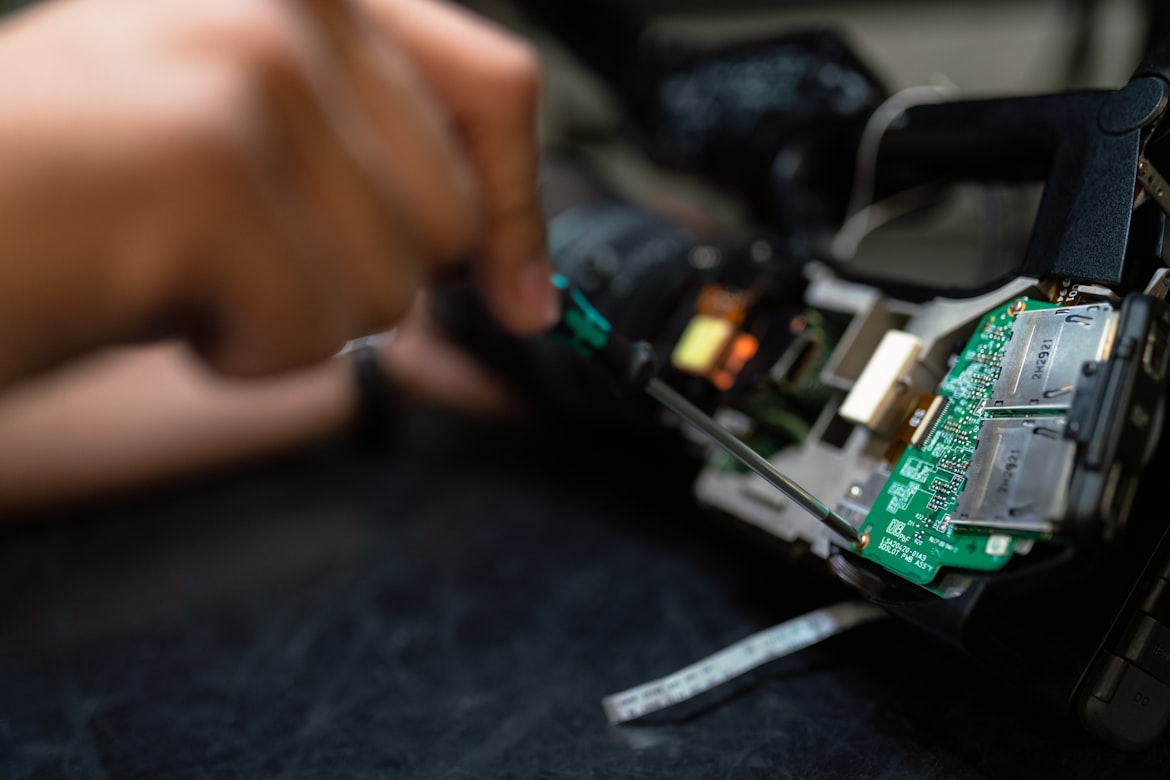Nature's Blueprint
How Plant Polymers Tame Clay's Thirst for Better Materials
In the quest for sustainable materials, scientists turn to the plant cell wall's genius for balancing strength and flexibility.
Article Navigation
Introduction: The Swelling Dilemma
Imagine building a skyscraper that wobbles uncontrollably on a rainy day. This is precisely the challenge materials scientists face with clay-polymer nanocomposites—revolutionary materials inspired by nature's own designs.

Montmorillonite Clay
A mineral with a notorious appetite for water that swells like a sponge when exposed to moisture.

Xyloglucan (XG)
A hemicellulose polymer that acts as molecular "glue" in plant cell walls, binding cellulose fibers.
At the heart of this challenge lies montmorillonite clay, a mineral with a notorious appetite for water. When exposed to moisture, it swells like a sponge, compromising structural integrity. But nature solved this eons ago: in plant cell walls, xyloglucan (XG)—a hemicellulose polymer—acts as a molecular "glue," binding cellulose fibers even in water-saturated environments.
Intrigued by this biological trick, researchers have merged XG with montmorillonite, creating nanocomposites that resist swelling. The secret? Molecular dynamics simulations reveal how XG tames clay's thirst, opening doors to moisture-resistant materials for everything from packaging to biomedical devices 1 3 .
Key Concepts: Water, Clay, and Nature's Glue
Montmorillonite Clay
Montmorillonite's layered structure resembles a deck of cards. Each layer carries a negative charge, balanced by sodium (Na⁺) or potassium (K⁺) ions. When humidity rises, water molecules infiltrate the gaps (galleries) between layers, pushing them apart. This swelling can be catastrophic in applications like oil drilling (where boreholes collapse) or biocomposites (where strength plummets) 1 5 .
Xyloglucan
XG, a key component in tamarind seeds and plant cell walls, is no passive spectator. Its backbone of glucose units, decorated with side chains, forms hydrogen bonds with cellulose in plants. In nanocomposites, XG acts as a physical cross-linker, bridging clay layers. Unlike synthetic polymers, it maintains adhesion even when water competes for space at the clay interface 3 5 .
Water's Role
Hydration triggers two competing phenomena:
- Swelling Stress: Water molecules penetrating clay galleries exert pressure, forcing layers apart.
- Polymer-Clay Adhesion: XG anchors itself to clay surfaces, resisting separation.
Molecular dynamics simulations show this tug-of-war dictates dimensional stability 2 4 .
The Crucial Experiment: Simulating Swelling at the Molecular Scale
Methodology: Building a Digital Nanocomposite
Researchers used atomistic molecular dynamics (MD) simulations to dissect XG/Mnt behavior under hydration. Here's how they did it:
Simulation Steps
- Model Assembly:
- Hydration Control:
- Systematically increased water content from 0% (dry) to 100% (fully hydrated).
- Defined hydration levels: 25% (1 water layer), 50% (2 layers), 75% (3 layers), 100% (4 layers).
- Simulation Protocol:

Molecular Dynamics Simulation
Visualization of the XG/Mnt nanocomposite system under different hydration conditions.
Results: Water, Voids, and the Breaking Point
The simulations revealed a two-stage response to hydration:
Stage 1 (0–50% Hydration)
XG chains clung tightly to clay surfaces, forming nano-sized voids. Water filled these voids without expanding galleries. Intergallery spacing rose modestly from 0.91 nm (dry) to 1.2 nm (50% hydration).
Intergallery Spacing vs. Hydration Level
| Hydration Level | Water Layers | Spacing (XG/Mnt) | Spacing (Pure Clay) |
|---|---|---|---|
| 0% | 0 | 0.91 nm | 0.30 nm |
| 25% | 1 | 1.05 nm | 1.10 nm |
| 50% | 2 | 1.20 nm | 1.50 nm |
| 75% | 3 | 1.80 nm | 2.00 nm |
| 100% | 4 | 2.40 nm | 2.40 nm |
Void Formation in XG/Mnt Composite
| Hydration Level | Void Volume (%) | Void Size (nm³) |
|---|---|---|
| 0% | 15% | 0.5–1.0 |
| 50% | 30% | 1.0–2.0 |
| 100% | <5% | N/A (full saturation) |
Analysis: Why XG Wins (Until It Doesn't)
Low Hydration
XG's strong adhesion to clay (via hydrogen bonds and van der Waals forces) prevents swelling. Voids act as "pressure valves," absorbing water without dimensional change.
The transition between these two states represents a critical threshold for material design—understanding this balance is key to developing moisture-resistant nanocomposites.
The Scientist's Toolkit: Key Reagents and Their Roles
Essential Research Reagents for Clay-Polymer Nanocomposites
| Reagent | Function | Significance in XG/Mnt Research |
|---|---|---|
| Montmorillonite Clay | Inorganic scaffold with charged surfaces | Provides structural backbone; swells without inhibitors |
| Xyloglucan (XG) | Hemicellulose polymer from tamarind seeds | Acts as bioinspired physical cross-linker; resists swelling |
| Na⁺/K⁺ Counterions | Charge-balancing ions (sodium/potassium) | Mediate clay-polymer adhesion; K⁺ maximizes adhesion |
| Water Molecules | Solvent simulating humidity conditions | Triggers swelling; probes material stability |
| CHARMM/ClayFF | Force fields for molecular dynamics | Accurately model polymer-clay-water interactions |
Molecular Dynamics
Powerful simulation technique revealing molecular interactions at nanoscale resolution.
Computational Chemistry
Combining physics, chemistry, and computer science to model complex systems.
Why This Matters: Beyond the Simulation
The implications of XG/Mnt nanocomposites extend far beyond lab curiosities:
Sustainable Packaging
Replacing plastics with bio-nanocomposites that resist humidity-induced degradation 3 .

Biomedical Engineering
Designing moisture-stable scaffolds for tissue regeneration.

Construction Materials
Developing "smart" coatings that maintain integrity in humid climates .

Future research aims to enhance XG's moisture resistance via targeted chemical modifications or hybrid polymers. As molecular dynamics models grow more sophisticated, they accelerate this quest—proving that sometimes, the best solutions are written in cellulose 2 5 .
Nature's materials are masterclasses in reconciling contradictions: strength with flexibility, stability with adaptability. Our job is to decode these blueprints—and XG shows us how.